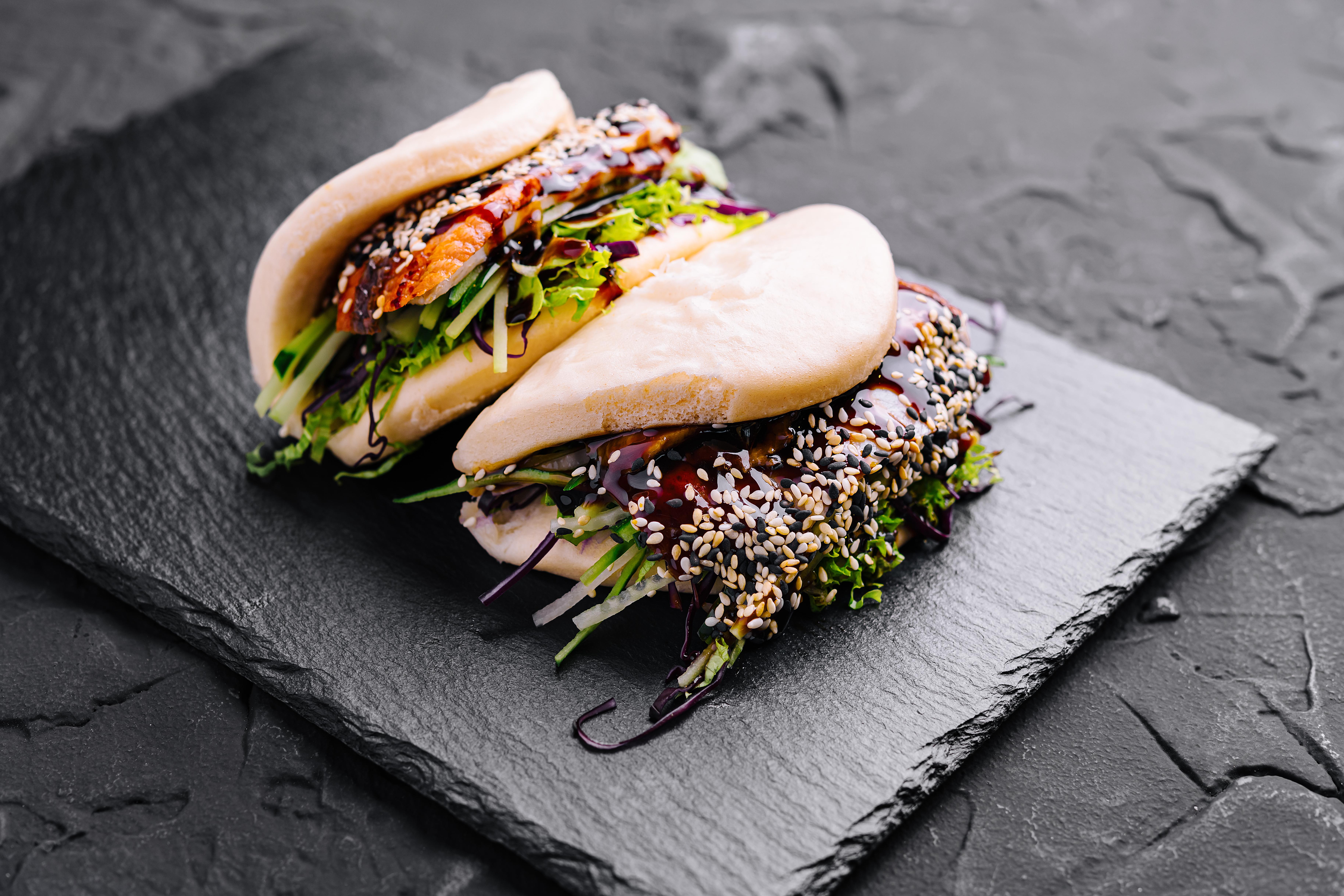10 Fun Facts About the Amazing Global Journey of the Taco
2. The Spanish Influence and Culinary Fusion

The arrival of the Spanish in the 16th century marked a turning point in the evolution of the taco. The Spanish brought with them new ingredients such as pork, beef, cheese, and wheat, which began to influence the traditional Mesoamerican diet. This culinary fusion gave rise to new variations of the taco, blending indigenous and European flavors in creative ways. The introduction of livestock led to the popularity of tacos filled with meats like carnitas and barbacoa, while the use of cheese and wheat flour tortillas added new dimensions to the dish. This period of culinary fusion laid the groundwork for the diverse range of tacos we enjoy today. The Spanish influence also introduced new cooking techniques, such as frying, which contributed to the development of crispy taco shells. This blend of old and new world flavors set the stage for the taco's journey beyond Mexico's borders.